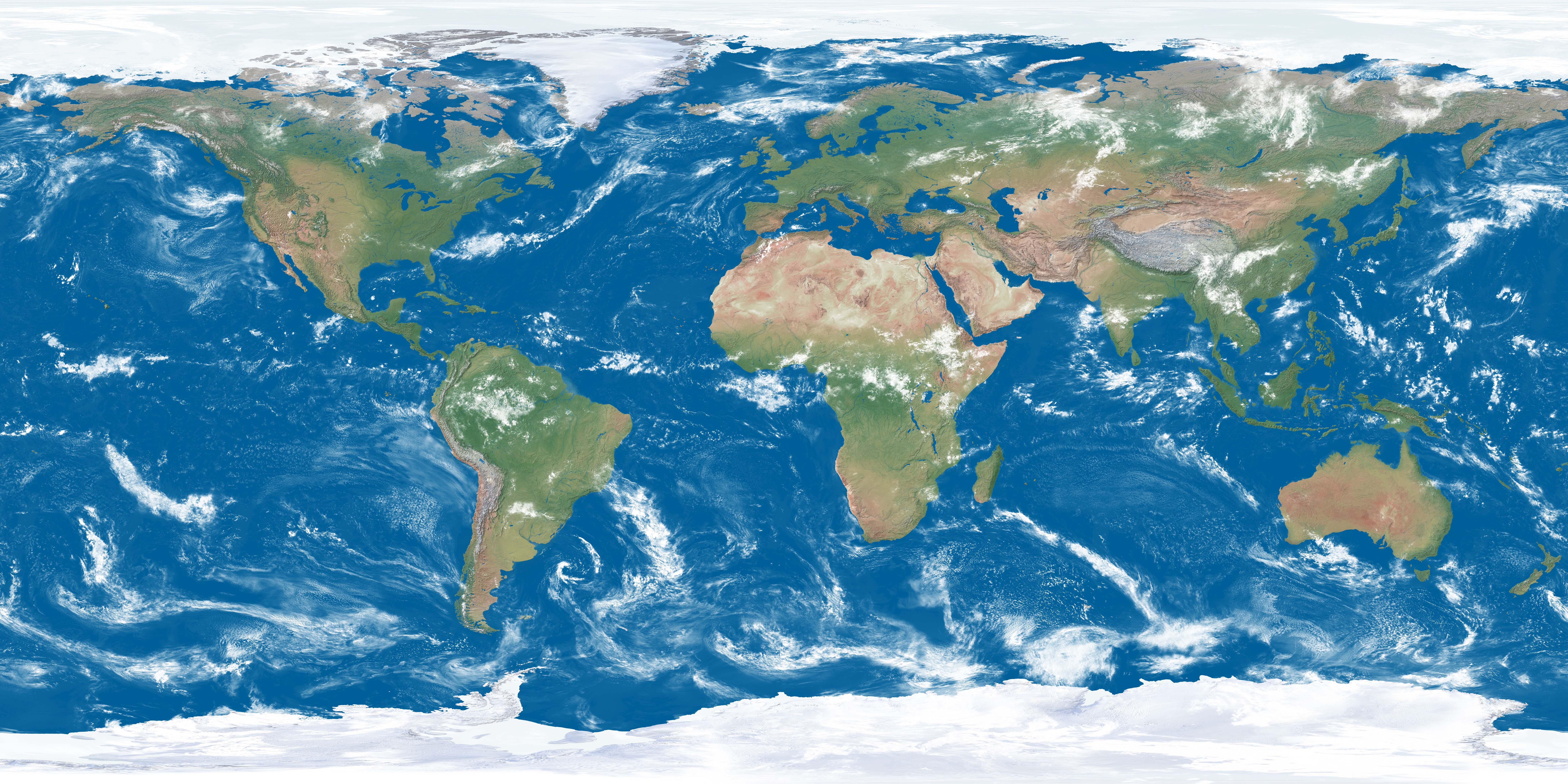

Therefore, two observers looking at the same cloud can often report different cloud classifications. However, if you were on that mountain top and observing that same cloud you would likely report Stratocumulus. From sea-level, one might observe Altocumulus clouds over the top of a mountain. One thing to remember, clouds are identified based upon your observation point at your elevation. A Cumulonimbus (Cb) without a visible anvil is classified 'Low 3' but with an anvil it is then classified as a 'Low 9' cloud. For example, Cumulus (Cu) clouds of little vertical extinct are classified as a 'Low 1' but are classified as 'Low 2' if there is moderate vertical growth. Some cloud classifications on the Cloud Chart represents the same cloud type but in different stages of development or in the amount of sky cover. Cirrostratus (Cs) that is increasing in sky coverage and thickness implies a change from fair weather to possibly rainy or snowy conditions.

This is all to provide a picture of the state of the atmosphere at the time of observation.įor example, an overcast layer of Stratus (St) clouds mean the atmosphere is stable implying little change in the current conditions for the next few hours. The chart displays a mixture of individual clouds and combinations of clouds. Produced in conjunction with NASA, the NWS Cloud Chart is a picture of the state of the sky. Cloud heights being measured by means of a daylight ceiling projector. Weather Bureau station (~1941) at the National Airport. Sun-protective clothing, a long-sleeved shirt and pants, a wide-brimmed hat, and UVA and UVB-blocking sunglasses are particularly helpful in blocking UV radiation's harmful effects.Washington, D.C. The Sun's most intense and consequently most harmful UV radiation during midday hours should be decreased by minimizing exposure and seeking shade.
#Corona weather clouds skin#
Light skin individuals may get burned in less than 30 minutes. Note: In February, the average maximum UV index of 4 translate into the following recommendations: A UV Index of 3 to 5 symbolizes a moderate threat to health from unprotected exposure to Sun's UV rays for average individuals. UV indexJanuary, February, November and December, with an average maximum UV index of 4, are months with the lowest UV index. SunshineThe average sunshine in February is 6.8h. On the last day of February, in Corona, sunrise is at 6:19 am and sunset at 5:45 pm PST. On the first day of the month, sunrise is at 6:46 am and sunset at 5:21 pm. DaylightThe average length of the day in February in Corona is 10h and 59min. In Corona, during the entire year, the rain falls for 53.9 days and collects up to 8.86" (225mm) of precipitation. Rainfall In Corona, during February, the rain falls for 6.2 days and regularly aggregates up to 1.85" (47mm) of precipitation. HumidityIn February, the average relative humidity in Corona, California, is 56%. In February, in Corona, the average low-temperature is 47.1☏ (8.4☌). TemperatureIn February, the average high-temperature is practically the same as in January - a still enjoyable 65.3☏ (18.5☌). February, the last month of the winter in Corona, is also an enjoyable month, with an average temperature varying between 65.3☏ (18.5☌) and 47.1☏ (8.4☌).


 0 kommentar(er)
0 kommentar(er)
